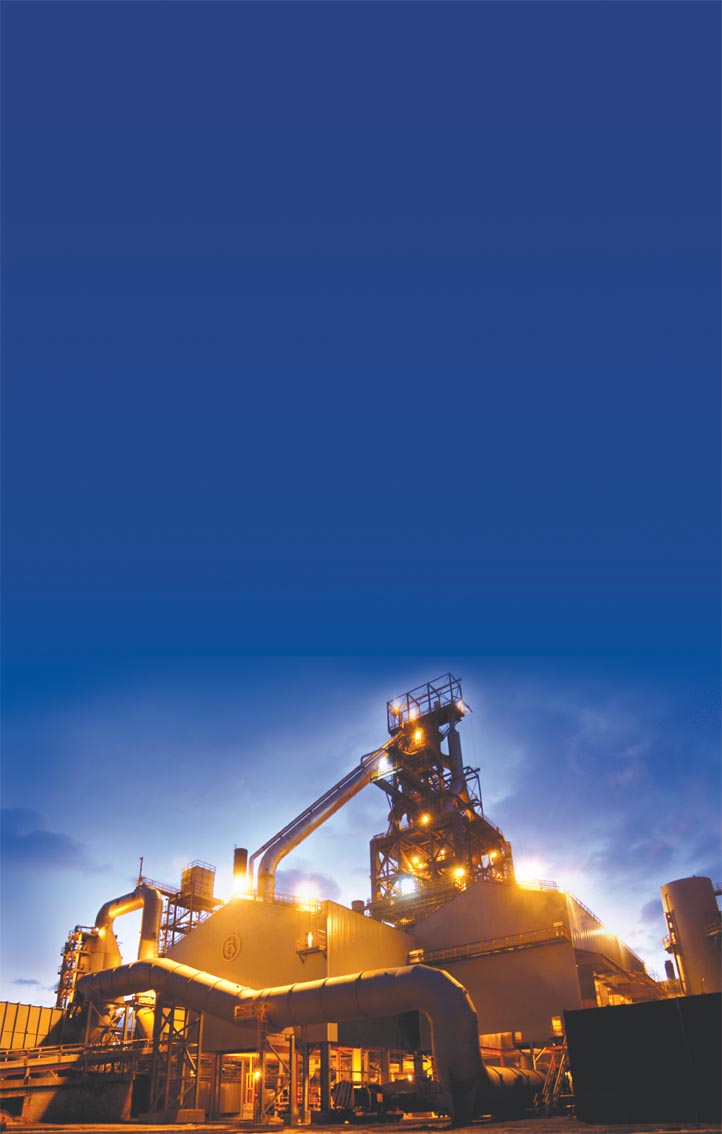
Materials that were once considered waste are now becoming more accepted as secondary aggregates. ABE looks at the growing value of slags as a construction material
Growing environmental awareness and lack of new landfill space means that materials that were once considered waste are now being looked at in a new light. However, slags produced as a by-product of iron and steel production have long been used as secondary aggregates but greater acceptance is still needed to maximise their use.
"The markets around iron and steel works are normally very familiar with the use of slags as aggregates but in the wider industry they are still viewed as a waste and this prevents greater uptake," said
Blast furnace slags (BFS) that are produced as a result of high quality iron manufacturing can have different properties depending on the rate of cooling of the molten material. Stockpiling the slag to air cool over many days creates a material that is ideal for processing as an aggregate, whereas quenching with large volumes of water causes the slag to form a cementitious material.
"In its molten form BFS is unstable because the iron minerals change in volume as the slag cools, so control of this process is important," said Moffatt. "Once cooled, it can be crushed and screened. This quench-cooled BFS material - ground granulated blastfurnace slag (GGBS) - is already widely used to replace Portland Cement in concrete mixes but there is a drive to increase the volumes used to improve sustainability." Air-cooled BFS has a good affinity for bitumen and high friction properties by virtue of its rough surface texture which makes it ideal for use in asphalt and surface dressing mixes. Nonetheless, it can be used in any application that would normally call for natural aggregates.
Steel slag is produced from further refining of iron in a basic oxygen furnace or from recycling of scrap steel in an electric arc furnace. Whichever technique is used, the result is a hard or durable slag that can be used in asphalt or clinker manufacturing.
"Raw steel slags have high levels of free lime, which needs to hydrate before the material can be processed for reuse and this can be easily achieved by leaving it to stand in stockpiles. This weathering process can take three to six months and needs to be tested under the European EN1744-1 standard test," explained Moffatt. "The density of steel slags makes them ideal for high strength applications such as road base courses, railway track ballast and coastal defence schemes." Once weathered and passed through a magnet to remove any residual steel, the slag can be crushed and screened like a primary aggregate but further testing will be needed to see if additional weathering is needed.
"Availability is good with 150kg of steel slag produced for every tonne of steel that is manufactured," said Moffatt. "In the UK alone, there is around 3million tonnes of BFS and 1million tonnes of steel slag available for recycling and there is no reason for these materials to be landfilled.
"Slag producers now understand that the material is a by-product, rather than a waste, so have taken steps to prevent contamination and this is helping to improve perception of the material in the market place. However, while contractors local to furnaces understand the materials' benefits, some national ones and end-clients are less familiar and sometimes still view it as a poor alternative to primary aggregates."













